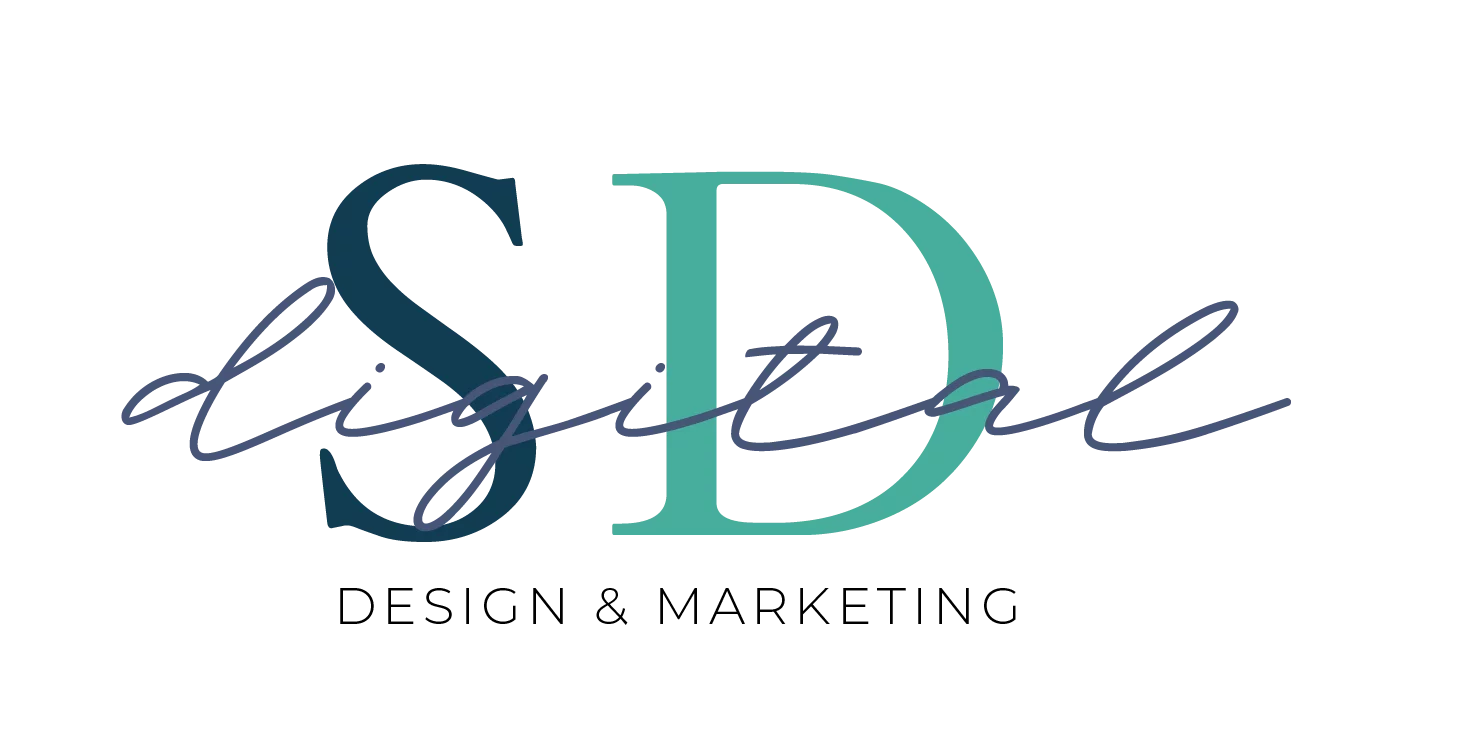
In this post, I’m talking about one of my favorite subjects for small businesses– digital branding consistency. Digital brand consistency is at the core of what we do here at Seaside Digital Design & Marketing and it’s something that large corporations do well, but small businesses don’t embrace as much as they should in order to really maximize their digital branding.
Digital Branding Consistency
Digital branding consistency- what does it mean? In essence, it means that any time I encounter your small businesses’s brand online, I should have a similar experience. Whether it’s the imagery, the colors, the logo or the typography and tone of the messaging, it should be a seamless transition from your website to your social media to your email marketing. How exactly do you go about ensuring that your small business has digital branding consistency?
The most important tool that you can use when it comes to consistent digital branding is a style sheet or style guide. This is is a document that contains five important elements that should always be consistent for your digital brand: logo (and logo placement), color palette, typography, imagery and tone.
One of the many reasons this document is so helpful is that you can easily provide it to anyone who produces content on behalf of your small business. This might include your website designer, your graphic designer, your printer– anyone who deals with producing materials for your small business online (or printed). Providing a style guide makes it very easy for them to know exactly what to do to make your brand look consistent across all digital medial channels.
There are five important elements that are must-haves for your digital style guide and you can read more about each element below. They include your logo, your color palette, your typography, your imagery, and the tone of your digital branding messaging. Let’s start at the beginning here with the logo.
Logo
I highly recommend that if you don’t have a professionally designed logo, find the resources to do so. We are visual people and a polished logo goes A LONG way and is really impactful. In your style guide, you want to articulate the different versions of your logo and its placement on branded materials. How large should it be? How small can it be? What does it look like on a light background, on a dark background, on a transparent background? You get the picture. Be as clear as possible about how your logo should be used and how it should NOT be sued.
Color Palette
The next element to include in your style guide is your color palette. You should have a color scheme or a color palette for your brand that includes your primary brand colors and any accent colors that you typically use. Make sure you include hex colors, RGB or whatever color codes that you may need to use for digital materials as well as print materials.
Typography
Number three is your typography. It’s important to spell out what fonts you use in your branding materials. Do you use specific fonts for heading? What size are they? What weight are they? What fonts do you use for lists? All of those particulars ensure that the same fonts are used in all of your digital materials.
Images and Stock Photography
Going back to the point that we are very visual by nature, you want to make sure that you have a very carefully curated selection of images that represent your brand and that the imagery is accessible to anybody who may need to use it for various marketing materials. When a prospective client sees your branded materials the imagery should convey what you do and who you do it for–so make sure you include photos that resemble your ideal client!
Tone
The tone that you use for your brand messaging is also something that should be included in your style guide. If your brand is really informal, like a friend next door, you might use language that is less formal and use emojis.
If you’re a financial institution, your message is likely more formal. In that case, you may want to discourage the use of certain terms like slang expressions. For example, if someone is producing a promotional video for you, they should know exactly what tone of voice they need to be using in your video narrative.
Where to Store Your Digital Brand Style Guide
So where do you store this style sheet or style guide? For our clients, we recommend storing it in Dropbox because it’s a central storage location that is easy to share with anyone who may need to create content and it’s also a great place to store accompanying stock imagery.
If you do not have a style guide or a consistent digital brand, we would love to help you with that! You’re invited to go ahead and send schedule a complimentary connection call.
